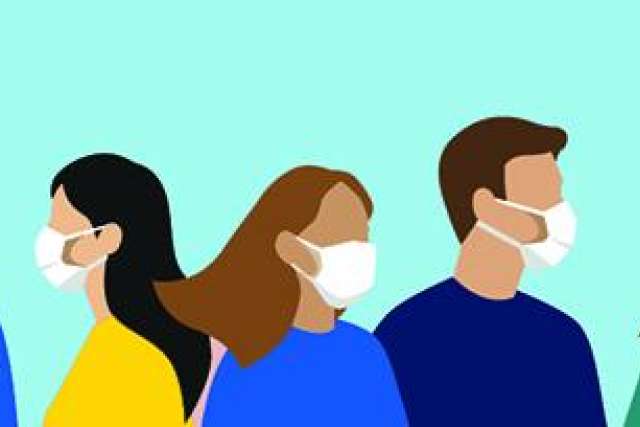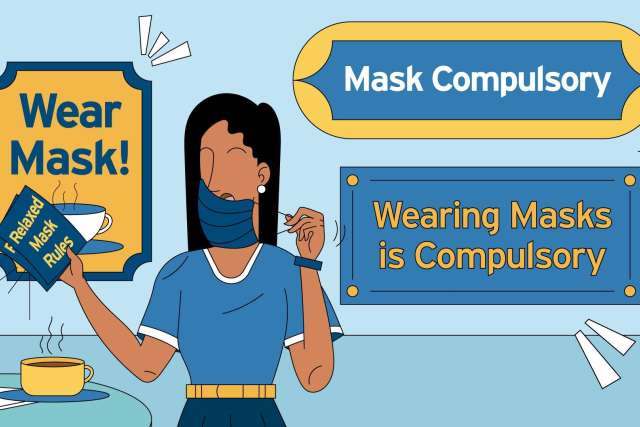Federal COVID-19 health guidelines are changing faster than you can say “herd immunity.”
In the span of a week, mask mandates were altered, vaccine availability was expanded to adolescents ages 12 to 15 and rules requiring wait times between the COVID-19 vaccine and other immunizations were erased.
And not all of that guidance lined up what was being advised at the state level.
To help clarify, here’s the latest as of May 17:
Federal mask guidelines

The U.S. Centers for Disease Control and Prevention says individuals who are fully vaccinated — defined as two weeks after receiving two doses of the Pfizer or Moderna vaccines or a single dose of the Johnson & Johnson shot — no longer need to wear masks or practice social distancing in most settings, except where required by state or local laws or business and workplace regulations.
Masks are no longer required for fully vaccinated people while engaging in indoor shopping, indoor exercise or other activities involving people from various households, according to the latest advice from the CDC. Masks still are mandatory for travelers on buses, trains and airplanes. The Transportation Security Administration is keeping its mask requirements in place through Sept. 13.
California and county mask guidelines
State guidelines for mask use and social distancing in California differ from federal rules. Fully vaccinated people do not need to use face coverings outdoors in most instances, except when attending public gatherings such as live performances, festivals, fairs and sporting events. However, masks still are required in indoor settings, regardless of vaccination status, a mandate that will remain in place until June 15.
Los Angeles County health guidance about mask use echoes state guidelines.
Vaccines for children

The Pfizer COVID-19 vaccine has received federal authorization for use in adolescents ages 12 to 15. People in this age group are immediately eligible to receive the vaccine, which will be administered according to the same dosing and schedule as for adults: Two doses are required, three weeks apart.
Wait time between COVID-19 vaccines and others
People receiving COVID-19 vaccines initially were advised not to have any other vaccinations for at least two weeks, but the CDC is relaxing those rules. New guidance says the COVID-19 vaccine can be administered at the same time as other vaccines without increased possibility of adverse reactions.
It is unknown, however, if having other vaccines at the same time as the COVID-19 shot increases potential side effects. The most common side effects to the COVID-19 vaccines are injection-site pain, fatigue, fever and muscle aches.
Related articles
COVID-19: Track the latest developments and look back at how the pandemic evolved
Is summer camp safe in the COVID-19 era? It depends on the protocols



